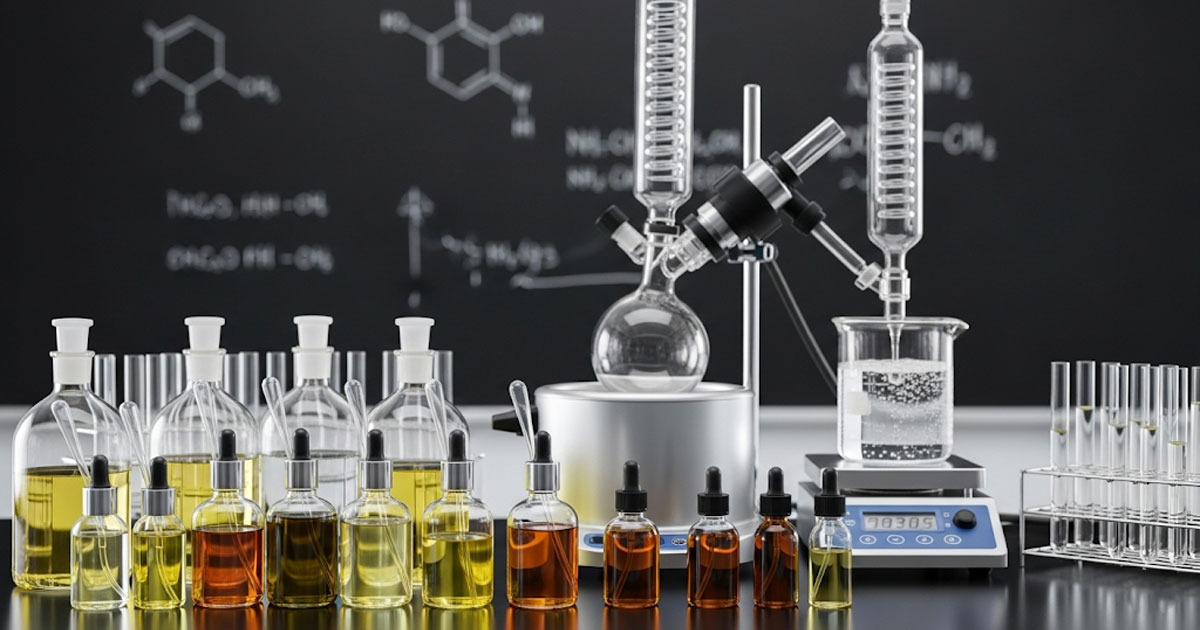The Strategic Value of Humectants in Formulation
In today’s ultra-competitive skincare and personal care markets, ingredient efficacy is more than a product claim it’s a key brand differentiator. Among essential functional components, humectants have evolved far beyond their traditional moisturizing roles. These ingredients now serve as strategic tools for shaping product perception, performance, and positioning.
With consumers increasingly savvy about ingredient labels, humectants that demonstrate advanced functionality and skin benefits play a crucial role in premium product development. Humectants function by attracting water molecules from the dermis or the environment into the stratum corneum, helping maintain hydration and barrier integrity.
However, modern high-performance humectants offer multifaceted benefits. These include skin biomimicry, improved sensorial experience, extended hydration duration, and compatibility with a wide range of formulation pH levels. As a result, selecting the right humectant is not merely a formulation decision it is a strategic branding move.
The science-driven formulation approach now demands humectants that contribute to claims such as “long-lasting hydration,” “non-sticky finish,” or “enhanced dermal penetration.” These claims are directly tied to brand identity, especially in the luxury and dermocosmetic segments.
Categories of High-Performance Humectants
Synthetic and Semi-Synthetic Advancements
High-performance humectants now include innovative molecules such as polyglutamic acid (PGA) and biosaccharide gum-1. PGA has four to five times the water-binding capacity of hyaluronic acid and creates a breathable film on the skin, enhancing tactile smoothness.
Biosaccharide gum-1 offers long-term moisturization while providing soothing and anti-inflammatory properties, making it ideal for sensitive skin applications. These compounds provide high-value claims and elevate a product’s efficacy narrative.
Another standout is caprylyl glycol, a multi-functional humectant with antimicrobial and skin-conditioning properties. It not only ensures hydration but also enhances product preservation, reducing the need for additional preservatives. This positions it as a preferred choice for brands marketing minimalist or clean-label formulas.
Natural-Origin and Sustainable Humectants
With sustainability increasingly influencing purchasing decisions, bio-based humectants such as glycerin, sodium PCA, and aloe vera extract remain core ingredients, but now enhanced with traceability and upcycled sourcing credentials.
Natural sugar derivatives, like xylitylglucoside and anhydroxylytol, offer synergistic moisturizing effects and align with eco-conscious branding efforts. For example, honey derivatives and plant-sourced betaine have gained traction due to their dual functionality hydration plus barrier support without compromising on clean beauty claims.
As these ingredients are familiar to consumers, they improve transparency while maintaining scientific merit, thereby building consumer trust and reinforcing brand equity.
How Humectants Support Premium Brand Storytelling
Enhancing Claims with Measurable Results
Incorporating high-performance humectants enables formulators to support measurable, testable product claims. Brands leveraging clinical data to demonstrate improvements in transepidermal water loss (TEWL) or hydration over 24-48 hours can validate their positioning as science-backed and results-oriented.
These metrics are increasingly sought after by dermatologists, beauty advisors, and informed end-users alike. Moreover, sensorial benefits like quick absorption, non-tacky texture, and a breathable finish add experiential value that resonates with premium consumers.
When such user experiences are consistent across product ranges, humectants become integral to the brand’s identity and customer loyalty strategy.
Compatibility with Other Actives
High-performance humectants also enhance the bioavailability of other key ingredients such as niacinamide, peptides, or ceramides. Their presence in serums, masks, and moisturizers can optimize actives’ penetration and retention, enabling multi-functional product development.
For formulators aiming to introduce fewer products with broader benefits, these humectants offer essential formulating versatility. Such versatility also benefits minimalist routines, now popular among Gen Z and millennial consumers who prefer fewer but more effective products.




